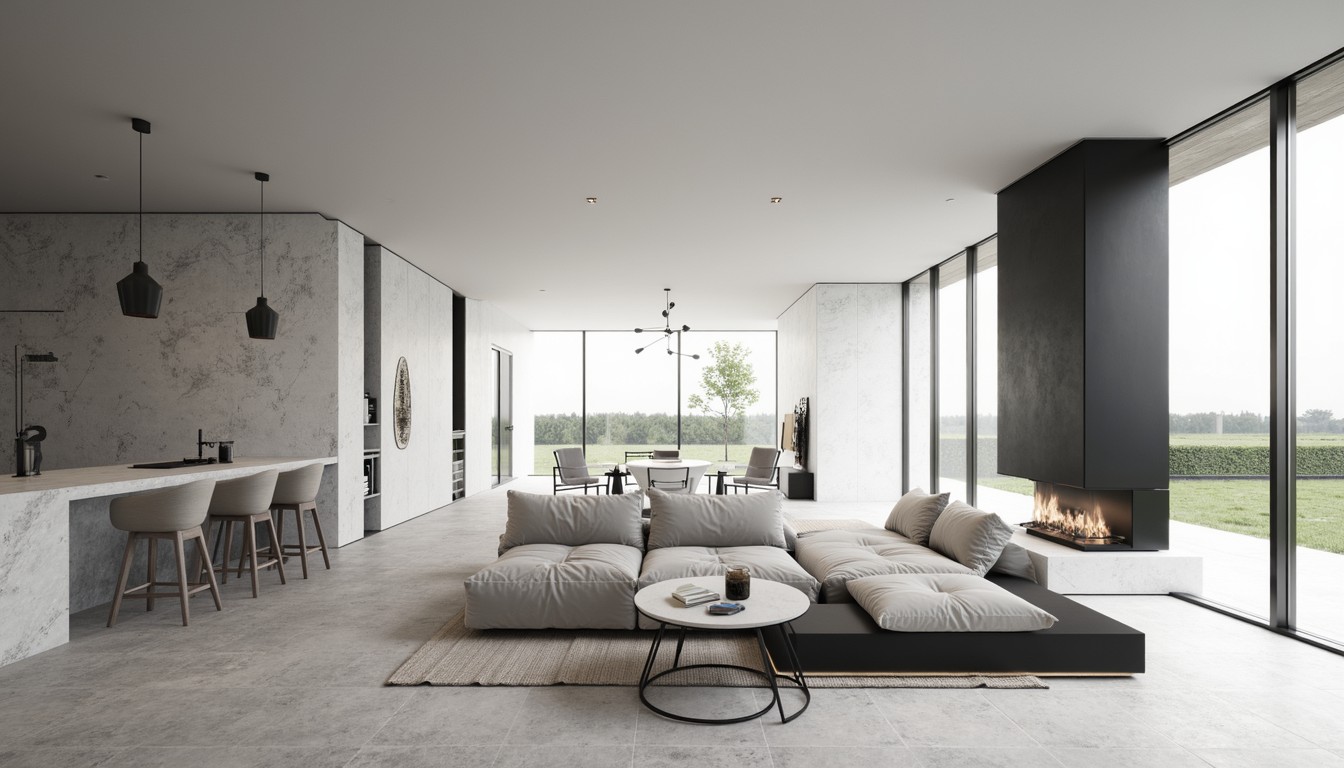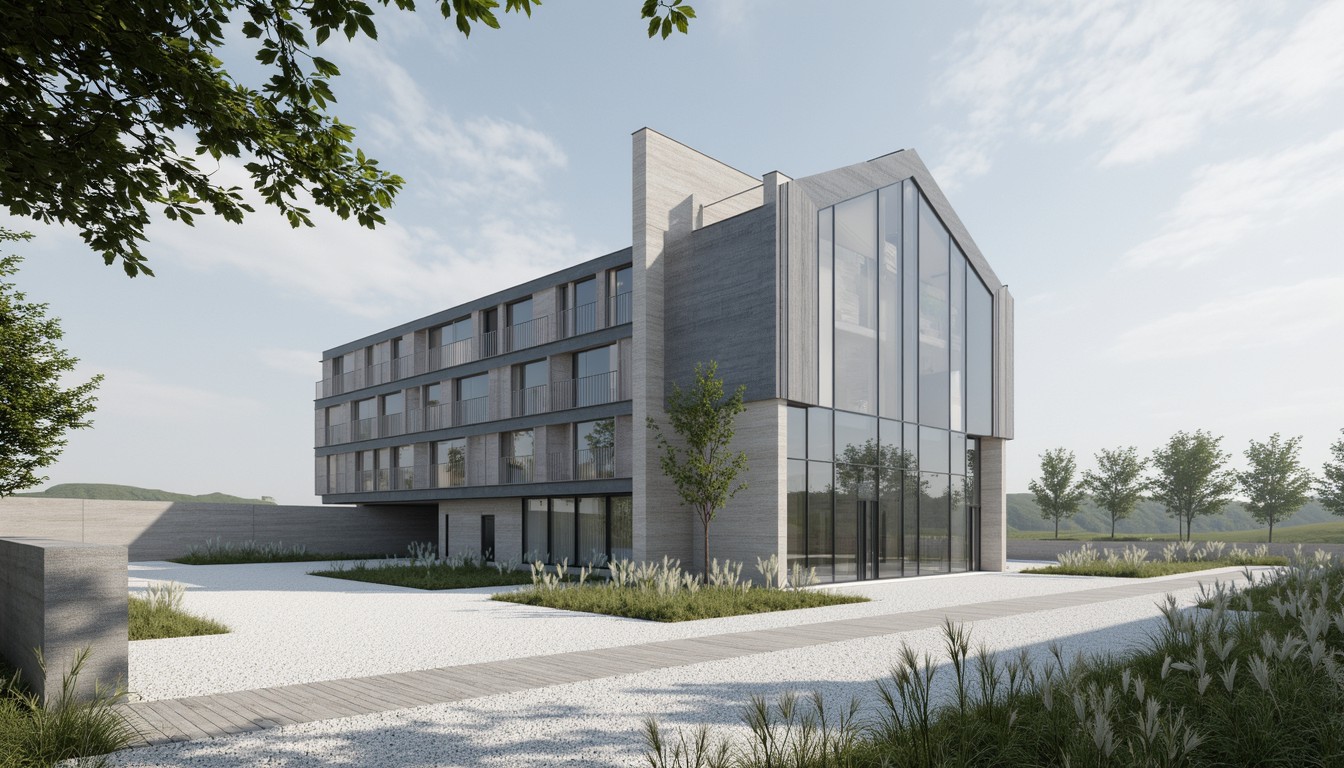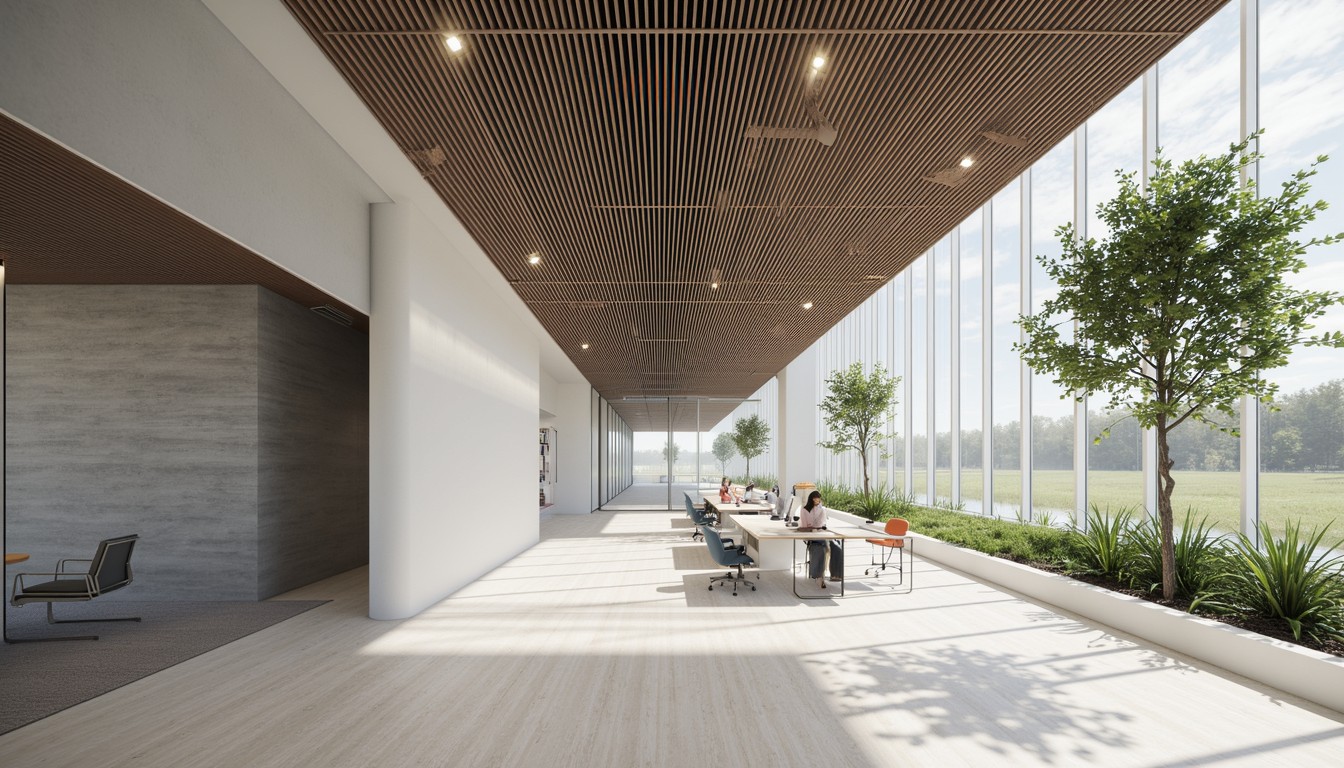Immersive Design: Revolutionizing Architecture with VR & AR
The architectural landscape is rapidly evolving, driven by technological advancements that are reshaping how we design, visualize, and experience built environments. At the forefront of this revolution are Virtual Reality (VR) and Augmented Reality (AR), two powerful technologies that are transforming the way architects interact with their designs and collaborate with clients. ArchNav is at the forefront of this exciting shift, leveraging the potential of VR and AR to deliver unparalleled immersive design experiences.
The Rise of Immersive Technologies in Architecture

Traditionally, architects relied on 2D blueprints and static renderings to communicate their vision. While these methods served their purpose, they lacked the immersive quality needed to truly convey the spatial experience of a design. VR and AR bridge this gap, offering architects and clients a chance to "walk through" a building before it's even constructed. This immersive experience provides invaluable insights into design details, spatial relationships, and overall aesthetic appeal.
Virtual Reality (VR) in Architectural Visualization
VR offers a fully immersive, 360-degree experience. Architects can create detailed VR models of their designs, allowing clients and stakeholders to explore the space as if they were physically present. This allows for early detection of design flaws, improved client communication, and a more informed decision-making process. The ability to virtually "walk" through a space, experience lighting conditions, and interact with virtual objects significantly enhances the design review process.
Real-world applications of VR in architecture include:
- Client presentations: Impress clients with a captivating and unforgettable presentation of their future building.
- Design review and collaboration: Identify design issues and refine details collaboratively with the entire team in real-time.
- Marketing and sales: Showcase projects to potential buyers and investors, increasing engagement and sales.
- Construction visualization: Help contractors and builders understand the project better, reducing errors and delays.
Augmented Reality (AR) in Architectural Design and Construction
AR overlays digital information onto the real world, offering a unique blend of physical and virtual environments. In architecture, AR allows architects to visualize their designs on the actual construction site, providing a powerful tool for planning and execution. Architects can use AR apps to overlay 3D models onto existing structures, helping to visualize how a new building will integrate with its surroundings.
Practical applications of AR in architecture include:
- Site analysis and planning: Evaluate the site's topography, existing structures, and sunlight exposure to optimize design.
- Construction guidance: Overlay digital blueprints onto the physical site, guiding construction workers and ensuring accuracy.
- Interior design visualization: View furniture placement and other interior design elements in a real-space context.
- Interactive marketing materials: Create engaging brochures and presentations that allow users to interact with 3D models of buildings.
Benefits of VR and AR in Architectural Design

The integration of VR and AR into the architectural design process offers a multitude of benefits:
- Enhanced client engagement: Immersive experiences lead to better understanding and client satisfaction.
- Improved design quality: Early detection of design flaws and better collaboration lead to higher-quality designs.
- Reduced errors and rework: Visualizing the design in a realistic setting minimizes the chances of errors during construction.
- Faster design iterations: Quick feedback loops allow for faster and more efficient design revisions.
- Cost savings: Early detection of issues and reduced rework translates to significant cost savings.
ArchNav: Your Partner in Immersive Architectural Visualization

ArchNav is a leading architectural visualization company specializing in creating high-quality VR and AR experiences for architects and developers. We leverage the latest technologies and creative expertise to deliver immersive visuals that transform the way you design, present, and experience architecture. Our team of experienced professionals works closely with clients to understand their unique needs and deliver bespoke solutions that meet their specific requirements. From initial conceptualization to final rendering, we ensure a seamless and efficient process, delivering stunning results that exceed expectations.
Conclusion
VR and AR are no longer futuristic concepts; they are powerful tools reshaping the architectural landscape. By embracing these immersive technologies, architects can enhance collaboration, improve design quality, and create more engaging client experiences. ArchNav is committed to leading the way in this exciting evolution, providing architects with the cutting-edge tools and expertise they need to thrive in the digital age. Contact us today to learn how we can help you leverage the power of VR and AR to elevate your architectural projects.
